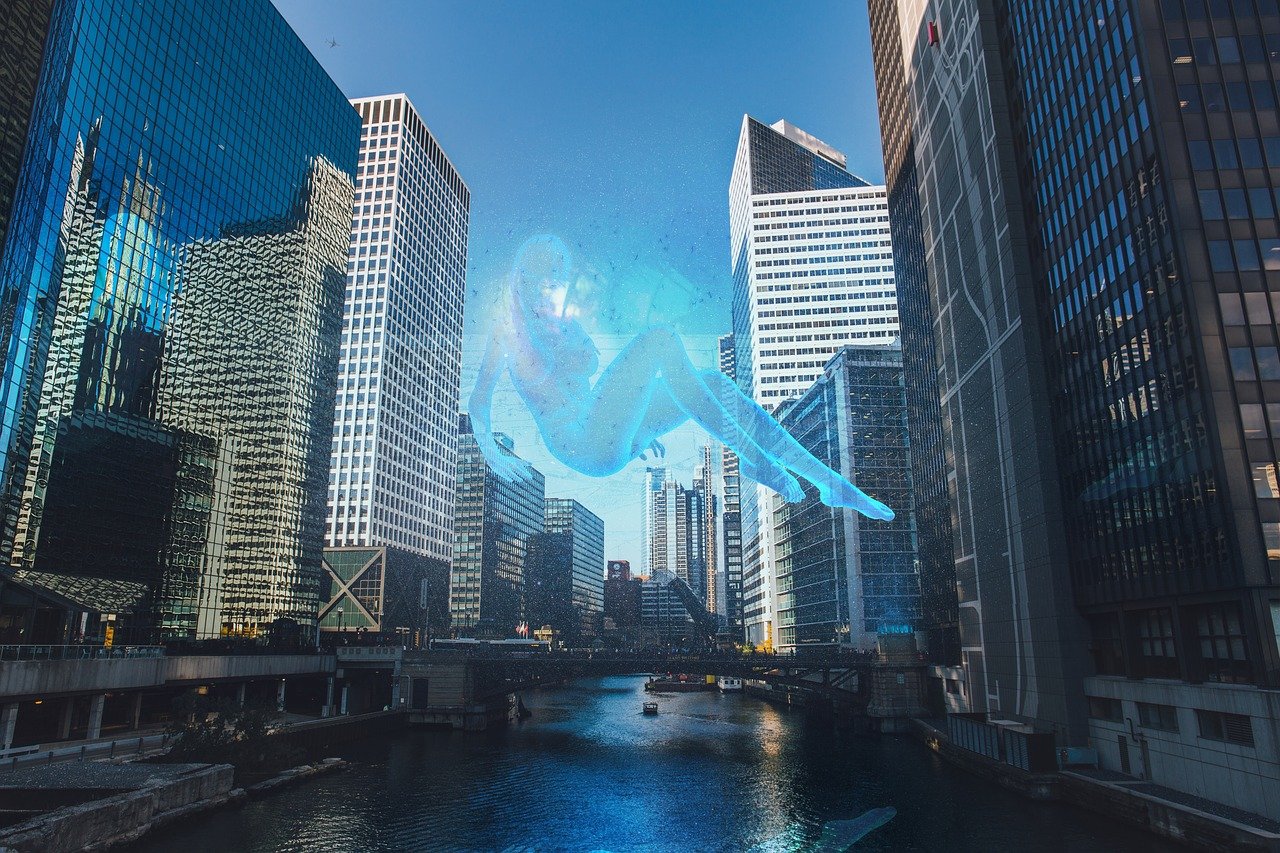Travel Photography: Tips, Tricks, and Destinations for Capturing the Perfect Shot
Travel photography is an art that combines the thrill of exploration with the creativity of capturing moments. Whether you’re a seasoned photographer or a curious traveler with a smartphone, the world awaits your lens. In this guide, we’ll delve into essential tips, tricks, and destinations that will help you capture breathtaking shots, making your travel memories unforgettable.
Understanding the Basics of Travel Photography
Before diving into advanced techniques and exotic locations, understanding the basics of photography is crucial. A solid foundation will enhance your ability to compose and capture stunning images, regardless of the equipment you use.
Composition: The rule of thirds is a fundamental principle in photography. Imagine dividing your frame into nine equal parts with two horizontal and two vertical lines. Placing your subject along these lines or at their intersections can create more balanced and engaging images.
Lighting: Light is a photographer’s best friend. The golden hour, which occurs shortly after sunrise and before sunset, offers soft, warm lighting that can transform your photos. Be mindful of harsh midday sun, which can cast unflattering shadows.
Focus and Depth: Understanding how to use depth of field can add dimension to your photos. A shallow depth of field, achieved by using a wide aperture, isolates your subject from the background, creating a pleasing blur effect known as bokeh.
Essential Equipment for Travel Photography

While you can take great photos with any camera, having the right equipment can enhance your capabilities. Here’s a list of must-have gear for travel photographers:
- Camera: Whether you prefer a DSLR, mirrorless, or a high-quality smartphone, choose a camera that suits your style and needs Digital Photography Review.
- Lenses: A versatile lens is crucial. A 24-70mm lens is a favorite among travel photographers because of its flexibility in capturing wide-angle landscapes and detailed portraits.
- Tripod: A lightweight and portable tripod is essential for night photography, long exposures, and self-portraits.
- Accessories: Extra batteries, memory cards, and lens cleaning kits are small investments that can save you from missed opportunities.
Top Destinations for Travel Photography
The world is full of stunning destinations that are a paradise for photographers. Here are a few must-visit locations to capture awe-inspiring shots:
1. Iceland
Iceland’s dramatic landscapes offer a diverse array of photographic opportunities. From the majestic waterfalls of Seljalandsfoss and Skógafoss to the ethereal beauty of the Northern Lights, Iceland is a dream destination for any photographer. The country’s unique geography provides endless opportunities to capture stunning natural phenomena.
2. Kyoto, Japan
Renowned for its historic temples and tranquil gardens, Kyoto is a city where tradition meets natural beauty. Visit during the cherry blossom season to capture the delicate pink blooms, or explore in autumn when the foliage transforms into a vibrant tapestry of reds and yellows Japan Guide.
3. Santorini, Greece
The iconic blue-domed churches and whitewashed buildings of Santorini create a striking contrast against the azure Aegean Sea. This picturesque island is perfect for capturing sunsets and exploring charming villages perched on volcanic cliffs.

4. Patagonia, Argentina and Chile
For those seeking adventure, Patagonia offers rugged landscapes with towering mountains, vast glaciers, and pristine lakes. This remote region is ideal for landscape photography, providing endless opportunities to capture the raw beauty of nature.
Tips and Tricks for Capturing the Perfect Shot
Once you’re equipped with the right tools and in the perfect location, these tips and tricks will help you make the most of your travel photography:
Research Your Destination: Familiarize yourself with the local culture, landmarks, and weather patterns before heading out. This knowledge will help you anticipate conditions, find unique perspectives, and respect local customs.
Be Patient: Sometimes, the perfect shot requires waiting for the right moment. Whether it’s waiting for the perfect light or a subject to enter your frame, patience is key in photography.
Experiment with Angles: Don’t settle for eye-level shots. Experiment with different perspectives by getting low to the ground or finding a higher vantage point. This can add interest and depth to your compositions.
Tell a Story: Great travel photography goes beyond capturing beautiful landscapes. Focus on details that tell a story about the place or culture. Candid shots of locals, traditional foods, and everyday scenes add richness to your photo collection.
Edit with Care: Post-processing is an integral part of photography. Use editing software to enhance your images, but aim to maintain a natural look. Subtle adjustments in contrast, saturation, and sharpness can make a significant difference Adobe Photoshop.
Takeaways

Travel photography is a rewarding endeavor that allows you to capture and share the extraordinary beauty of our world. By understanding the basics, investing in essential gear, exploring top destinations, and employing creative techniques, you can elevate your photography skills. Whether you’re capturing the serene beauty of a distant land or the vibrant energy of a bustling city, each photograph becomes a cherished memory and a story waiting to be told.
As you embark on your photographic journey, remember that the most important aspect of travel photography is to enjoy the experience and the connections you make along the way. Keep exploring, keep shooting, and let your photos inspire others to discover the world through their own lens National Geographic Photography.
Advanced Techniques for Aspiring Travel Photographers
For those looking to take their travel photography to the next level, mastering advanced techniques can significantly enhance your portfolio. These techniques require practice and patience, but the results are well worth the effort.
Long Exposure Photography
Long exposure is a technique that involves using a slow shutter speed to capture movement in the frame. This can create stunning effects, such as silky-smooth waterfalls or light trails from moving vehicles. To achieve this, use a tripod to keep your camera steady and experiment with different shutter speeds.
Panoramic Shots
Panoramic photography allows you to capture wide vistas that are beyond the capability of a single frame. Many cameras now offer a built-in panoramic mode, or you can stitch multiple images together using software. This technique is particularly effective for capturing expansive landscapes and cityscapes.

HDR Photography
High Dynamic Range (HDR) photography combines multiple exposures to create an image with a greater range of luminosity. This technique is particularly useful in situations with challenging lighting conditions, such as a bright sky and dark foreground. Use HDR to capture details in both the highlights and shadows of a scene Photography Blog.
Using Drones for Aerial Shots
Drones have revolutionized travel photography by enabling photographers to capture aerial perspectives that were once impossible. When using a drone, be mindful of local regulations and ensure you have the necessary permits. Aerial shots provide a unique viewpoint, especially in areas with distinctive topography or architecture.
Building a Cohesive Travel Photo Story
Creating a photo story involves capturing a series of images that convey a narrative or theme. This approach adds depth to your photography by connecting individual images into a cohesive collection.
Identify a Theme: Choose a theme that resonates with your travel experience, whether it’s the vibrant street life of a city or the solitude of nature. Your theme will guide your shooting and editing process.
Capture Varied Shots: To create a well-rounded story, include a mix of wide-angle shots, medium shots, and close-ups. This variety will provide context and detail, enhancing the viewer’s understanding of your narrative.
Sequence Thoughtfully: Arrange your images in a sequence that flows logically and emotionally. Consider the pacing and how each image transitions to the next, building a story that is engaging and compelling.
The Art of Sharing and Showcasing Your Work

Once you’ve captured your travel photos, sharing them with others can be an exciting part of the process. Here are some ways to showcase your work effectively:
Social Media Platforms: Platforms like Instagram and Pinterest are excellent for reaching a broad audience. Use relevant hashtags and engage with the community to increase your visibility and connect with fellow photography enthusiasts.
Create a Personal Website or Blog: A personal website provides a professional platform to display your portfolio. It’s an opportunity to share stories behind the images and establish your online presence as a photographer.
Participate in Photography Contests: Entering contests can provide exposure and recognition for your work. It also offers a chance to receive feedback from seasoned professionals and potentially win prizes.
Join Photography Communities: Online forums and local photography clubs are valuable resources for learning, sharing, and networking with other photographers. These communities can provide support and inspiration as you develop your skills.
Final Thoughts
Travel photography is more than just capturing beautiful images; it’s about experiencing the world through a lens and sharing those experiences with others. As you continue to explore different techniques and destinations, remember that the journey itself is the most rewarding part. Keep pushing your creative boundaries, and let your passion for photography guide you to new and exciting places.
Whether you’re photographing the serene landscapes of Iceland or the bustling streets of Kyoto, each destination offers a unique canvas for your artistic expression. Embrace the challenge, and let your travel photography tell the stories of the world Lonely Planet.


